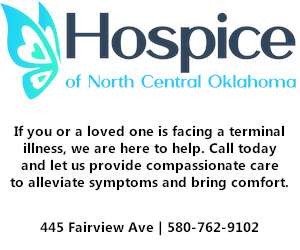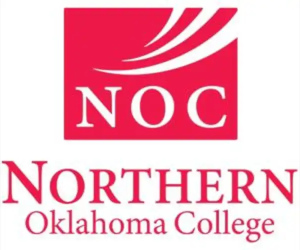
PONCA CITY, Okla. –
Sylvia Urioste was 53 years old when she first started experiencing pain in her legs and hips. The pain worsened with time – growing so severe, she struggled to walk less than half a block at a time.
“I couldn’t even walk across Walmart. I’d have to send the kids because I knew that it was going to hurt me so much to get there,” Urioste remembered.
Urioste said the kids had already lost their dad to pancreatic cancer, so when she came down with the health concerns, they grew especially concerned.
“After I did a clinical exam in the office, it was pretty obvious that she had blockages in her arteries coming down to her hips,” said Dr. Jim Melton, Peripheral and Endovascular Surgery with Cardiovascular Health Clinic.
With 100% blockages, Sylvia received the diagnosis of Peripheral Artery Disease (PAD).
“The five risk factors for PAD are: genetics, which you can’t do anything about, smoking, high blood pressure, high cholesterol, and diabetes,” Dr. Melton explained.
Dr. Melton added that Urioste had a strong genetic component for PAD.
Aside from hip and leg pain, “when she presented, she had a gangrenous, or black toe, from the blockage and as soon as I opened that up, it relieved the problem and saved her toe,” the doctor shared.
Urioste said she believes she was a heart attack away from losing her life.
Instead, she received a balloon angioplasty and stenting.
“Today, I can walk across Walmart. Today, I can walk with the kids. I can dance. I couldn’t do that before and that was one thing I loved to do, was dance, and I can dance again. It was not just life-changing, but it was lifesaving.”
Dr. Melton said PAD is common in Oklahoma with a very high rate of incidence in Native Americans, African Americans, and Caucasians.
He also strongly encouraged against nicotine use, as that can be a contributing factor.





























